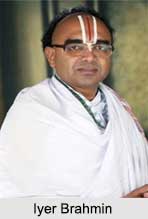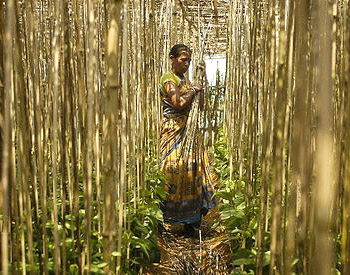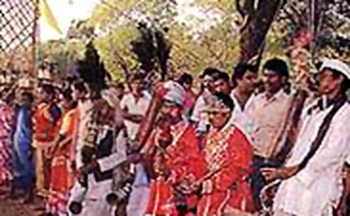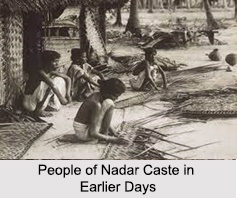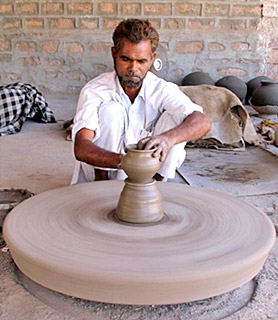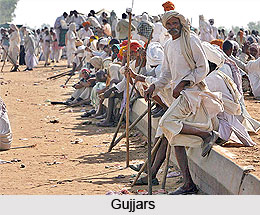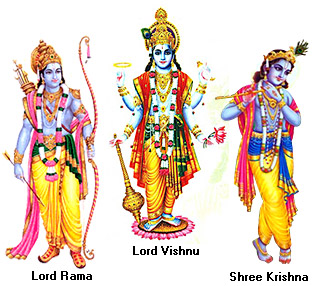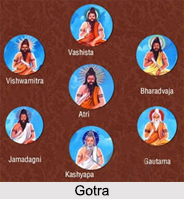Shri Bamanwada Teerth located in Rajasthan is a Jain pilgrimage centre. The teerth Kshetra is situated in the Virvada forest at a distance of 7 kilometers from Sirohi Road. The temple is dedicated to Lord Mahavira, the twenty-fourth Jain Tirthankara
History of Shri Bamanwada Teerth
According to history Shri Bamanwada Teerth dates back to the ancient time. Earlier the teerth kshetra was known as Brahminvatika. It was also known as Jivit Swami. It is said that King Samprati had taken a vow of going on a pilgrimage to five teerths four times every year. The teerth of Bamanwada is one of those four teerths. As per reference the land for the construction of the temple was donated by the king of Sirohi. He had also gifted a stepped well for development of this teerth and it has been documented on a copper plate. Since its construction the teerth kshetra has been renovated several times. Among many teerths, the Bamanvada teerth was also repaired and renovated by Samant Shah in the year 821 of the Vikram Samvat Era. It was again renovated by the auspicious hands of Acharya Sushilsurisvarji in the year 2035 of the Vikram Samvat Era. The idol of Lord Mahavira is believed to possess miraculous powers. Thousands of Jains and non Jains from far off places visit the temple to offer their prayers. The temple is thronged by pilgrims especially on the eleventh day of the bright half of every month. It is believed that if prayed with all devotion the Lord fulfils the wishes of the pilgrims.
Temple of Shri Bamanwada Teerth
The temple of Shri Bamanwada Teerth houses the idol of Lord Mahavira. The Swetambara temple has been magnificently decorated with intricate artistic designs. The creative temple work boast about the skills of the craftsmen. The walls and pillars of the temple are adorned with specimens of ancient art and paintings. Other than these the main gates of the temple have also been tastefully designed. The idols of elephants made of marble and the paintings of the 27 worldly existences of Look Mahavira are very impressive and adorn the beauty of the temple. There are also many striking pictures that depict the Lord`s freedom from worldly attachment. They are very expressive. The idol of the Lord is 75 cm in height and is red in colour. It is seated in a padmasana posture. The idol has been beautifully carved from a single stone and looks very appealing. The smiling face of the Lord looks very calm and serene. It is said that Lord Mahavira had suffered here the pain of nails being pushed into his ears. The temple has paintings of this incident depicted on the walls. Apart from this a replica of Sammed Shikharji teerth has been built on the hill. It looks very impressive and further enhances the charm of the teerth kshetra. The temple also has foot-idols of Lord Mahavira here.
The Temple of Shri Bamanwada Teerth organises many annual gatherings and functions. There are provisions for dharamshalas or rest houses for the pilgrims. These are well equipped with all modern facilities. Apart from this there are Upashrays, an Ayambilshala and a Jnanabhandar. The teertha is situated amidst beautiful natural surroundings. The temple is enclosed by scenic beauty that mesmerises and fascinates the pilgrims. The calm and tranquil environment and the surrounding greenery make it a suitable place for religious activities. The kshetra is well connected to road, rail and air. Taxi services and bus services are easily available here. The nearest bus stop is located at Sirohi at a distance of 7 kms. The nearest railway station is also situated at Sirohi. The closest airport is located at Udaipur and Ahmedabad. The chief city of Pindwara is located at a distance of 10 kms from this teerth kshetra.










